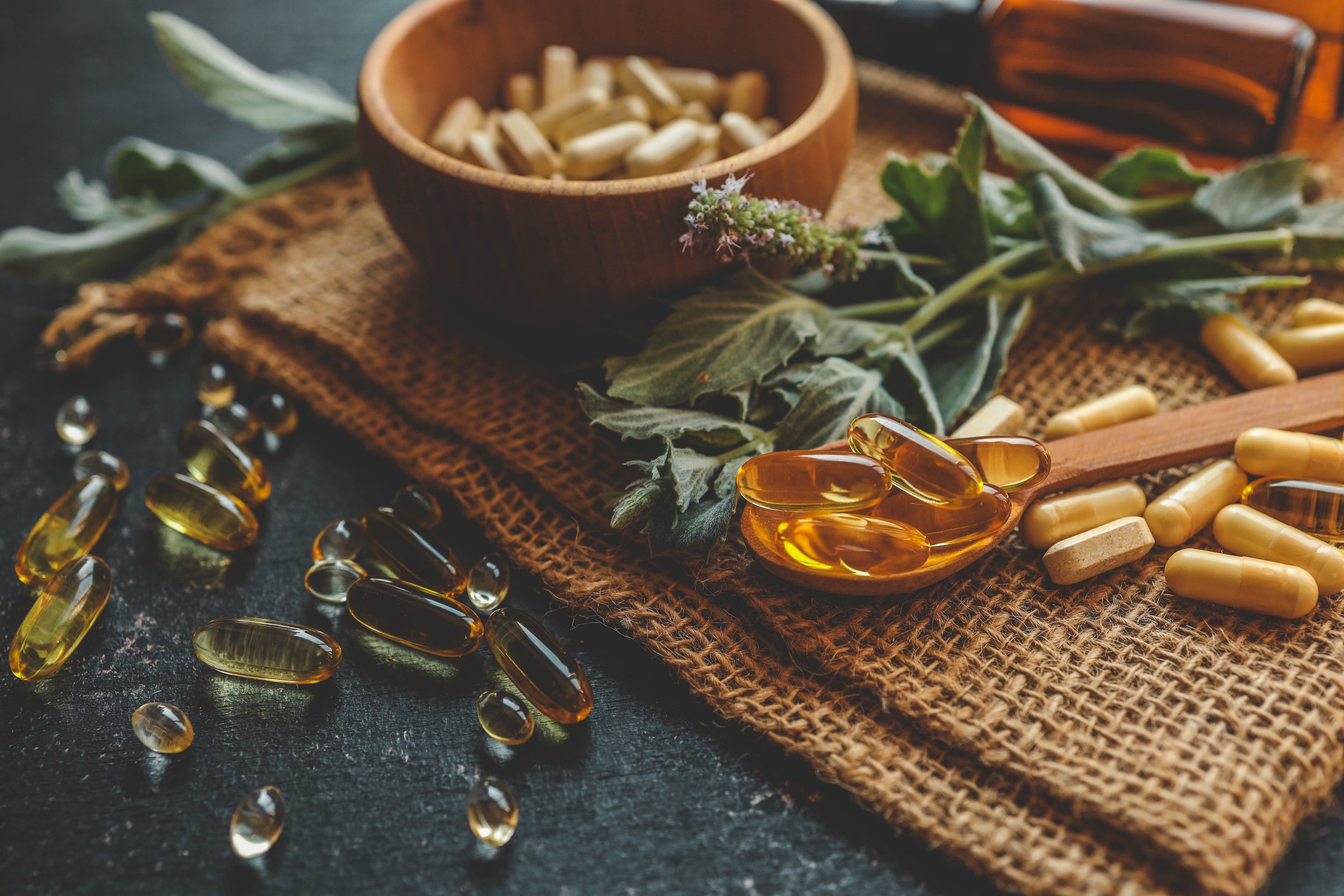
Acid Reflux
Quick Take
Managing Acid Reflux (Without Living on TUMS or Regret)
If you’ve ever Googled “foods to avoid with acid reflux,” you’ve probably seen the usual suspects: spicy food, tomato sauce, wine, joy... I’m not here to repeat all that. You already know that pizza and prosecco probably aren’t your digestive BFFs. Let’s talk about what no one tells you: reflux might actually be caused by too little stomach acid. Yes, you read that right. Low stomach acid is often the real troublemaker. Wait, What? Isn’t Reflux Too Much Acid? Surprisingly, no. When stomach acid is too low, food doesn’t digest properly. It just sits there... bubbling, fermenting, and eventually rising up your esophagus like a lava lamp of regret.
This can lead to:
Bloating
Discomfort
Poor nutrient absorption (hello, hidden malnutrition)
More belching than a frat party
So when you pop a Pepcid or antacid to calm the burn, you're often making things worse long term by lowering acid even more. Temporary relief? Yes. Actual solution? Not so much.
Here’s the cycle most people get stuck in:
Eat something
Get reflux
Take acid reducer
Feel better... for now
Repeat
Digestive issues slowly get worse
So What Can You Do Instead? Instead of just dodging trigger foods and praying to the reflux gods, try supporting your digestion from the start of the process. Digestive enzymes before meals can help your body actually break down food the way it was designed to. But fair warning: this is not a magic pill situation. Digestive enzymes need a little time and consistency to work their magic.
Natural Reflux Support, Even When You Forget Your Enzymes
Out to dinner and left your enzyme bottle at home (next to your unread gratitude journal)? No problem. Try these sneaky menu items to help support stomach acid naturally:
Ginger – raw is ideal, but a ginger-based drink can still help
Bitters – ask for soda water with bitters (pretend you're fancy)
Artichokes – yes, the appetizer can be medicine
Citrus fruits – small amounts before eating
Bitter greens – arugula, dandelion, endive… the more bitter, the better
These foods help stimulate natural acid production and get digestion moving in the right direction.
Supplement Links/Dosing
Amazon Supplement Recommendations
Tips for Taking Digestive Enzymes:
Take digestive enzymes with each meal—right before eating is ideal. They’re not as effective if taken after a meal.
Once you notice improvement, you may be able to reduce use to just larger meals or meals that tend to bother you—especially when dining out.
Always follow the dosage instructions on the product label.
Digestive enzymes are generally safe for long-term use.
They work by supplementing your body's natural supply of enzymes, stomach acid, and bile—making them a gentle and supportive option.
Important: If you're taking blood thinners, medications for acid reflux, or have ulcers or gastritis, consult your doctor before using digestive enzymes.
Preferred supplement store with 10% discount
Registration Code: SN5708
| Product Name | Dosing | Duration |
|---|---|---|
| Gastro-Digest II | 1 w/ meals | On-going |
| GI Relief | 1-2 to ease discomfort | As Needed |
| Kids: Therbiotic Vitalzymes | .5-1 w/meals | As Needed |
While I don’t always recommend purchasing supplements through Amazon, I understand many people prefer the convenience. I’ve done my best to link directly to listings from the manufacturer, though it’s not always guaranteed.
For trusted, high-quality options, I’ve partnered with a professional-grade supplement store that offers fast, free shipping and exclusive discounts for my community.
This post may contain affiliate links, which means I may earn a small commission—at no extra cost to you—if you make a purchase through one of them. I only share products I truly trust and use myself.
In-Depth Insights
When to Explore Further Testing
If you’ve tried digestive enzymes without finding relief—and have already ruled out any serious or chronic conditions with your doctor—it may be time to consult with a naturopathic doctor. A Naturopath can help you dig deeper into underlying issues by recommending additional testing, such as a food sensitivities/allergies panel or a GI-MAP diagnostic test, which provides a detailed look at your gut health. These next steps can offer valuable insights and guide a more personalized plan for healing.



